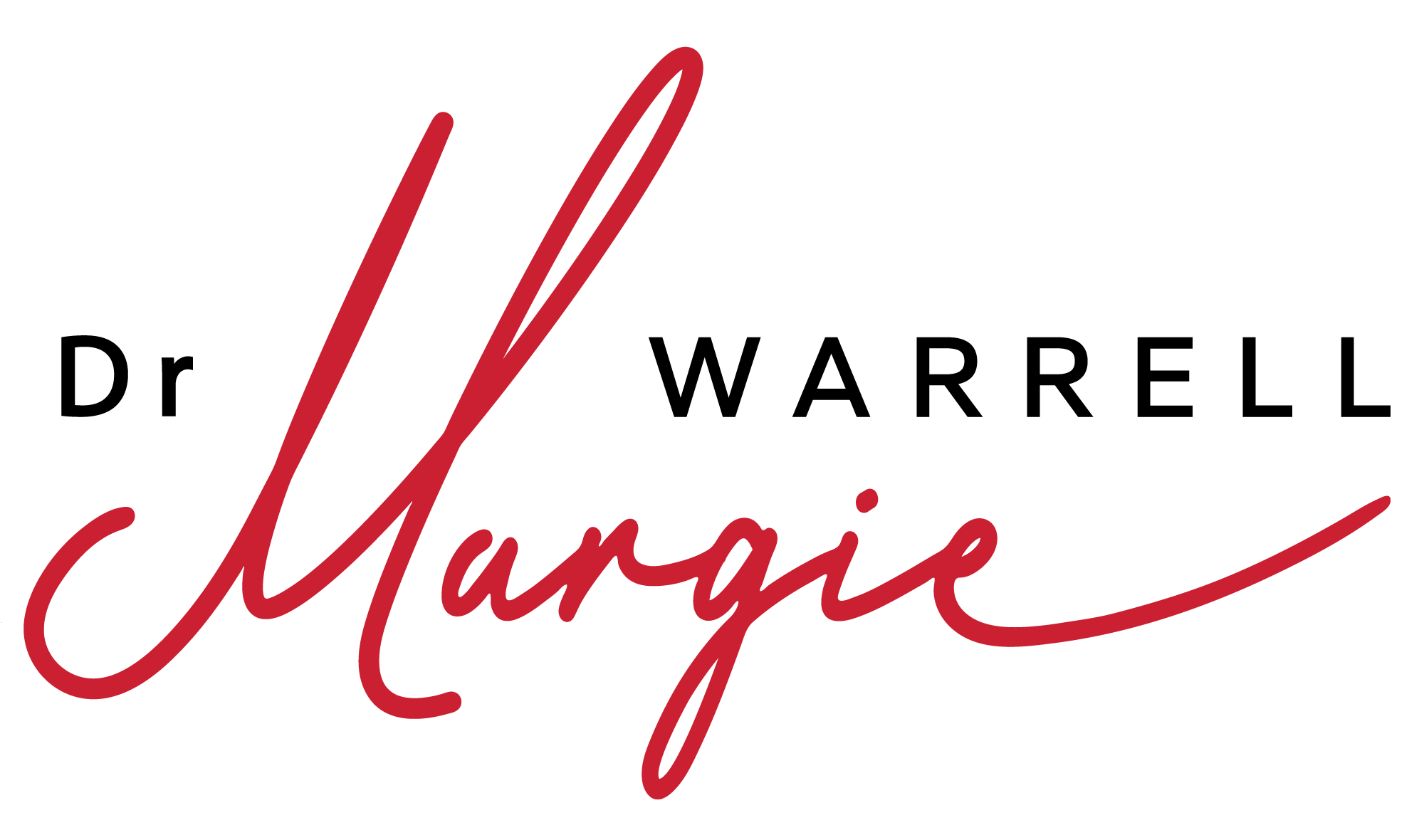NASA Challenger disaster. BP’s Deepwater Horizon oil spill. Volkswagen emissions scandal.
What went wrong?
Investigations produced multi-layered findings. Yet beneath the complexity lay a common element.
Fear. People were afraid to speak the truth.
And so, they didn’t.
Concerns weren’t shared, mistruths were rewarded, and valuable information was filtered down as it moved up the chain.
I regularly speak to leaders who share the importance of developing talent, building strong teams, and fostering great cultures. And yet time and time again, people in their organizations tell me that they regularly hold back from speaking candidly for fear of what might happen if they do. It’s rare that they have a leader who is actively scaring them. More often they simply don’t assess that the reward is worth the potential risk.
Fear of what could go wrong often stops people from taking action and speaking up to make things more right. The presence of fear in organizations exacts a tax that is rarely immediately obvious. Of course, people don’t always die, and companies don’t always go bankrupt or fork out billions in settlements. More often, the cost of fear at play in workplaces is a slow leaking drip of value lost, creativity stymied and potential squandered.
People stop taking initiative, asking questions, sharing ideas, and confiding mistakes. Decisions are delayed, plans are polished….and polished some more. Innovation slows. Silo walls thicken. Problems aren’t voiced.
You’ve seen. I’ve seen it. The reality is that people play it safe unless they feel safe enough to do otherwise.
People play it safe unless they feel safe to do otherwise.
The biggest problems in organizations can usually be traced back to the conversations that did not occur because people didn’t feel safe enough to have them. When leaders don’t make people feel safe to risk their vulnerability and speak truthfully, they put the whole organization at risk. As Amy Edmondson shared on my latest podcast “Unsafe cultures endanger everyone.”
It’s why psychological safety – a term Edmonson popularized and defines as ‘permission for candor’ and taking interpersonal risks – has been found to be the strongest determinant of high-performing teams.
Of course, leaders play a pivotal role in building psychological safety and fostering what I call a ‘culture of courage’; every leader is, as my colleague Sarah Jensen Clayton says, a ‘chief culture architect.’ The more power they hold, the more impact they wield. For better or, as is too often the case, for worse.
If leaders aren’t proactively de-risking acts of vulnerability, they are inadvertently encouraging counter-productive behaviors and reinforcing fear-based norms that stymie growth and hold potential dormant. Individual and collective.
“The cognitive calculus errs toward caution” – Amy Edmondson
Emotions drive behavior, not logic. Telling employees to ‘be brave’ and ‘speak up’ only stokes cynicism if it’s not accompanied by consistent evidence those behaviors will be rewarded and an absence of any reason to doubt otherwise. And in today’s hybrid working environment in which many people are now connecting remotely, it’s all the easier to hide behind our screens and rationalize caution.
When people feel insecure, or have any reason to hesitate before speaking, it reinforces cautious ‘play-it-safe’ norms. After all, no one ever got fired for saying what their boss wanted to hear. At least not in the short term, which is where we naturally focus.
While leaders have the biggest role in bending the cultural norms toward courage, every person, regardless of role, can play a role to make others feel more comfortable in engaging in the conversations that matter most (this includes you.) Because just as fear is contagious, so too is courage. Here are a few ways to help you do just that.
1. Trade cleverness for curiosity
When Satya Nadella took the reins of Microsoft he saw a need to shift from a culture of experts to a culture of curiosity and went about instilling a growth mindset across the company. He encouraged employees to shift from being ‘know-it-alls’ to ‘learn-it-alls’ and role-modelled it himself.
Let’s face it, none of us know what we’re wrong about. As Daniel Kahneman noted, most people have “excessive confidence in what we believe we know” coupled with an “inability to acknowledge the full extent of our ignorance.”
So make a habit of asking questions before espousing your opinion. Get comfortable practicing a deliberate ‘I don’t know.’ Most of all, listen with an openness to change your mind.
2. Destigmatize miss-steps (starting with sharing your own)
Bernie Marcus, Home Depot co-founder, always started his weekly management meetings by sharing something he had not succeeded at in the previous week. By openly sharing his failings, he made it safer for others to try new things and scale the learning across the company by freely sharing it.
If you’re a committed learner, you will inevitably make the odd ‘miss-step’ as you fumble up the learning curve. When you do, don’t keep it to yourself. Not only does sharing your learning enlighten others, but you ameliorate the shame associated with imperfect outcomes.
3. Call on quieter voices
Our brains are wired to extend more credibility to the opinion of authority figures. So, if you are in any sort of leadership role, chances are that some trusting folks will fail to think critically about what comes out of your mouth. While flattering to the ego, it creates vulnerability because, to quote General Patton: “If everyone is thinking alike, somebody isn’t thinking.”
Make a point to actively invite the less vocal to challenge your thinking. ‘
4. Encourage ‘loyal dissent’
Beyond fostering inclusion is de-risking dissension. Research shows that the best decisions are made when high intellectual friction is coupled with low social friction. A chief responsibility of leadership is to galvanize people behind a common purpose and encourage them to challenge the established ideas about how to bring that purpose to life. Ask people, ‘What might I be missing here?’
Sometimes asking for just ‘one thing’ that might improve outcomes can reduce apprehension and yield more input… after all, you just want ‘one thing.’ For instance, ‘What is one way we could improve this process/strategy/product…?’
5. Respond well to ugly truths and silly questions
The culture at Volkswagen celebrated bold ambition but penalized not meeting targets. As VW engineers realized they couldn’t meet cost, efficiency, and emissions goals, they felt too afraid to report it. So they lied. Fear of truth-telling drives ugly truths underground. But they never stay there.
Sometimes in our eagerness to reward results, we can encourage behaviors we don’t want and discourage those that we do.
You may not like what you hear, but never make anyone regret shooting straight with you. Responding positively can make a crucial difference for a long time to come. For instance, ‘I really appreciate you bringing this to me so quickly. I’m sure it’s no fun sharing it, but I’m grateful you have.’
People need to believe that the pay-off for speaking up is worth the pitfall.
Likewise, if you’re asked a ‘silly question’, don’t make the asker feel stupid (note: self-restraint may be required.) Doing so risks shutting down very smart questions down the road. People need to believe the payoff for being brave is worth the pitfall.
Research finds that the time span between someone identifying a problem and raising it is a strong indicator of top-performing teams. Psychological safety determines that time gap.
6. Lead yourself first
Until a leader is secure in themselves, fear will be their chief counsel and they’ll be unable to make others feel secure around them. Examples of such leaders abound. Yet the only thing required to build leadership influence is having the courage to act as a leader – regardless of title.

Courage and psychological safety form a virtuous cycle. To quote Edmondson, they are “two sides of the same coin.” So whatever, your position, take it upon yourself to make others feel comfortable in being brave around you.
In every sphere, we need leaders with the courage to lay their vulnerability on the line for the sake of a nobler cause. Regardless of your title, you can choose to step up and be one of those leaders – showing up with the courage and humble curiosity you’d like to see more of in others, particularly those with the highest positions of power.
You could argue that it’s not your job to lead change. That it’s too risky and not worth it. Yet every time you rise above the inclination to play it safe and actively choose to step up to the plate, you not only empower yourself, you embolden others… and courage spreads – incubating innovation, accelerating learning and avoiding the perils of fear-driven behavior.
That’s what I call leadership.






